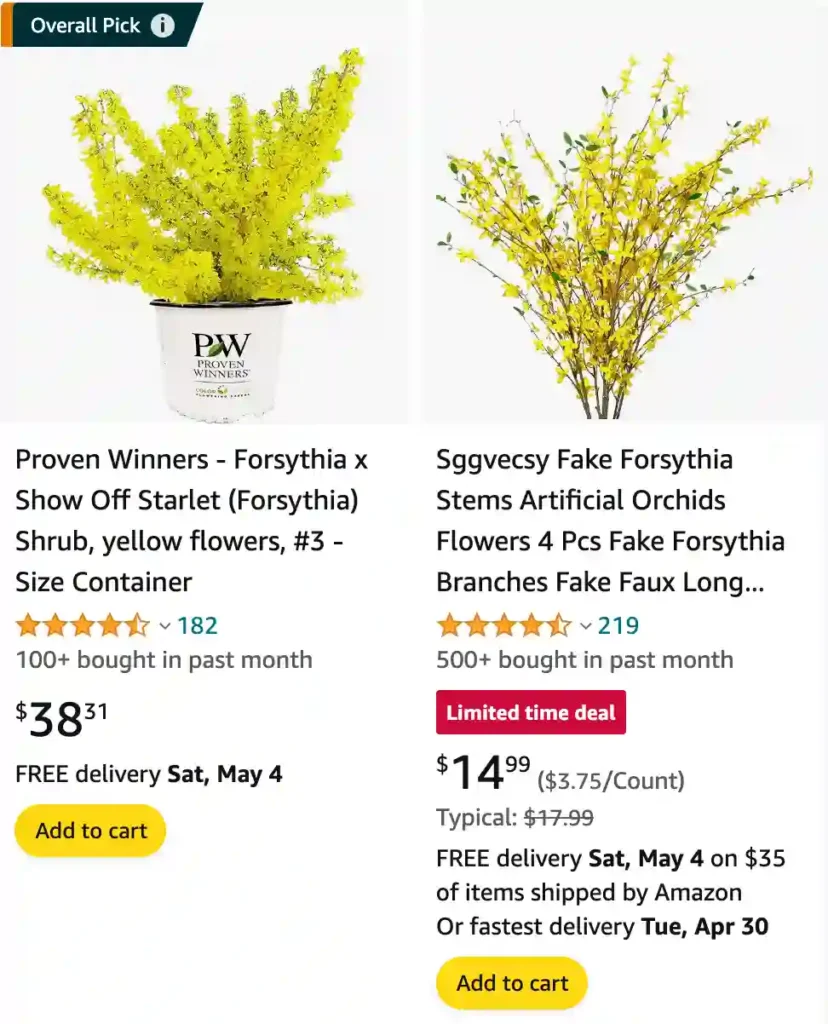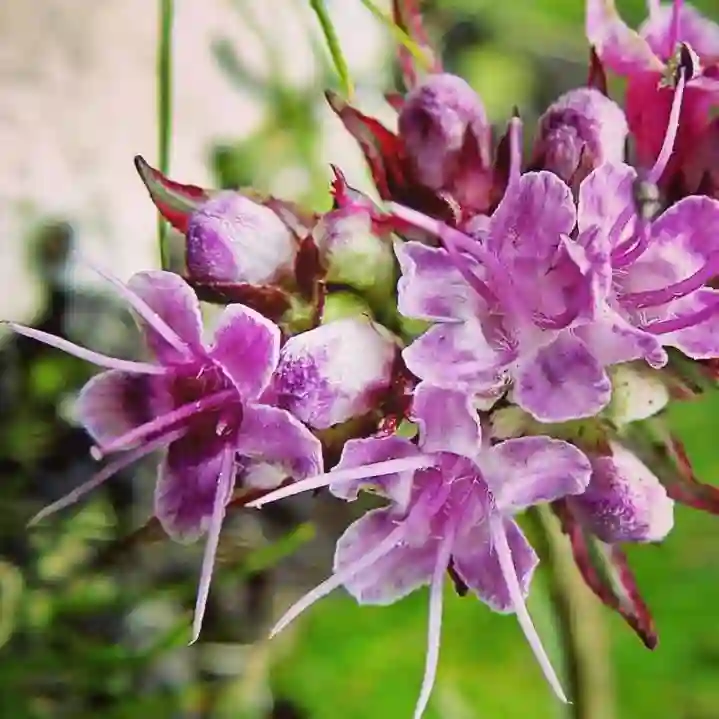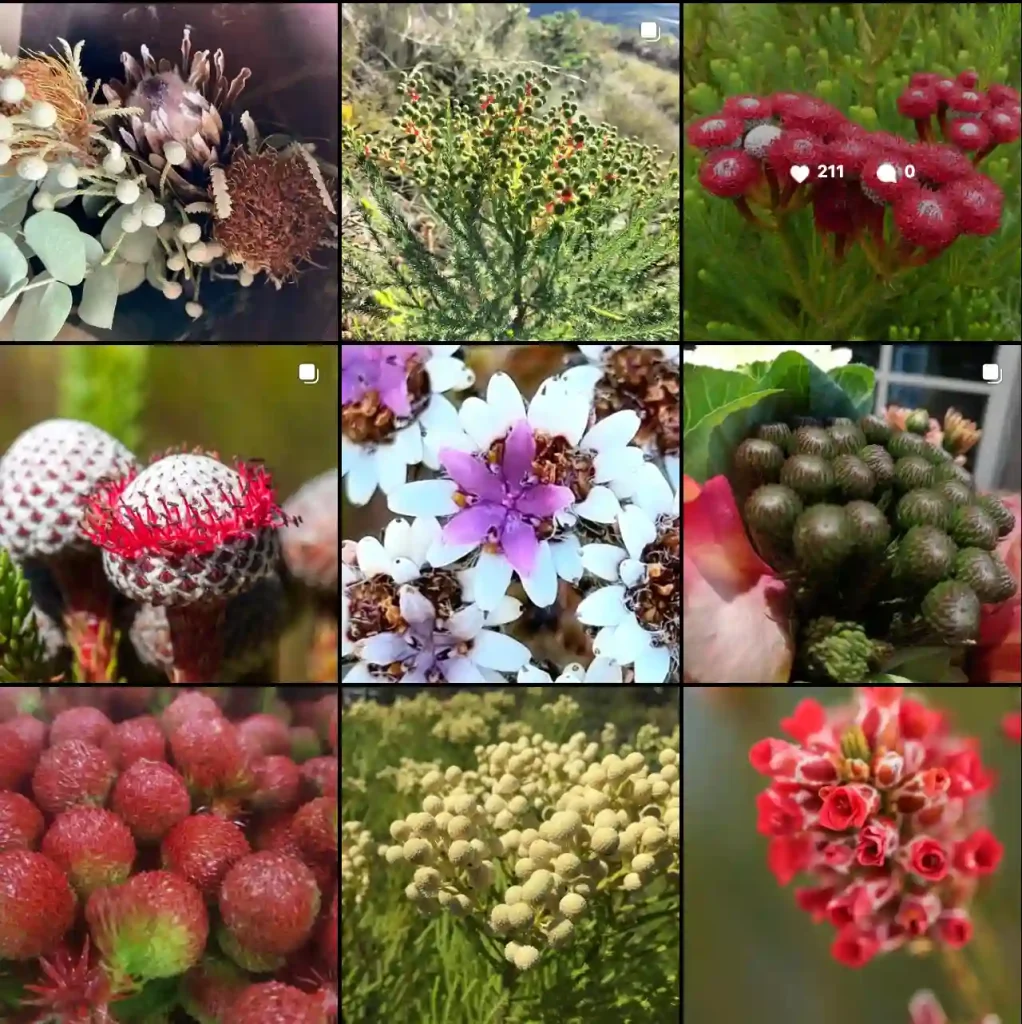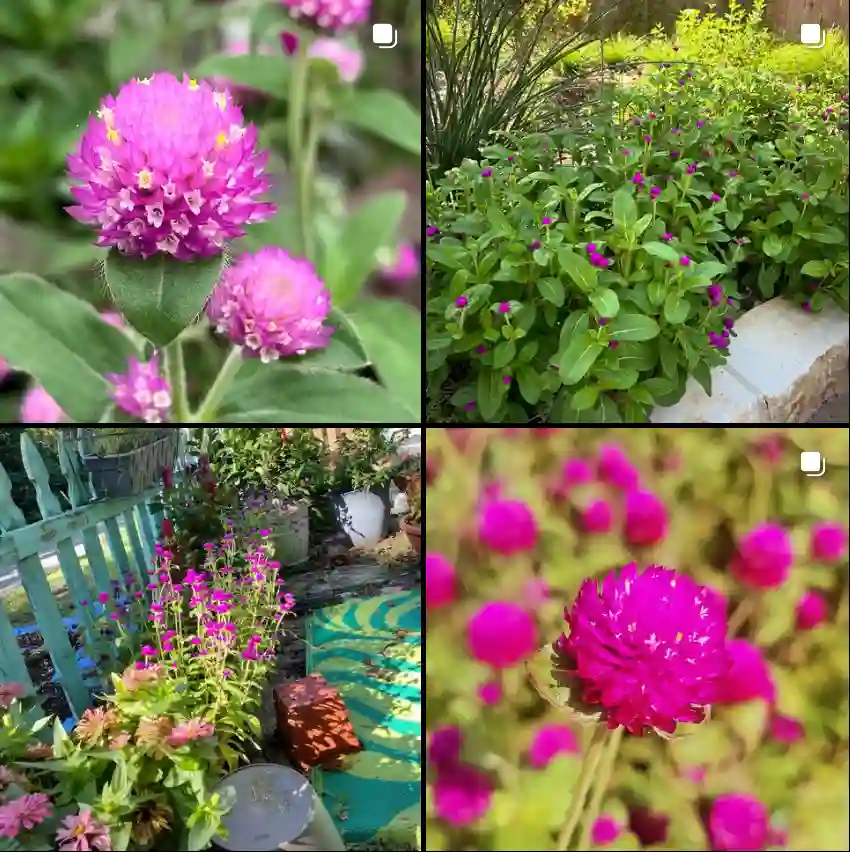
December 19 – Forsythia
"Forsythia, the golden bell, defines December 19."
Forsythia symbolizes renewal and hope. Your presence is a signal of new beginnings and brighter days ahead. Like its golden blossoms, you bring light and optimism into the lives of those around you.
A Burst of Gold: My Exploration of the Forsythia Genus
I’m fascinated by the way these deciduous shrubs herald the arrival of spring with their profuse display of golden yellow flowers. It’s as if they’re nature’s way of announcing, “Winter is over, and new life is here!” I’ve spent some time delving into the characteristics of this genus, and I’d love to share my findings with you.
What Makes Forsythia So Special?
Forsythia belongs to the olive family, Oleaceae. Most of the roughly 12 species are native to East Asia, with one outlier originating in southeastern Europe. They’re named after William Forsyth, a Scottish botanist who served as a royal gardener and helped found the Royal Horticultural Society.
These hardy shrubs are admired for their vibrant yellow flowers, which typically appear before the leaves emerge in early spring. The flowers themselves are composed of four petals that join at the base to form a tube. This simple yet elegant design is a hallmark of the Forsythia genus.
The shrubs themselves are quite versatile, thriving in a variety of conditions. They tolerate different soil types and can handle both full sun and partial shade. This adaptability, combined with their striking beauty, has made them a popular choice for gardens and landscapes around the world.
A Closer Look at Forsythia Species
While all Forsythias share that characteristic golden bloom, there’s diversity within the genus. Here are:
- Forsythia europaea Degen & Bald.
- Forsythia giraldiana Lingelsh.
- Forsythia japonica Makino
- Forsythia koreana (Rehder) Nakai Plant FAQs: Forsythia Koreana
- Forsythia likiangensis Ching & K.M.Feng
- Forsythia × mandschurica Uyeki
- Forsythia mira M.C.Chang
- Forsythia nakaii (Uyeki) T.B.Lee
- Forsythia ovata Nakai
- Forsythia suspensa (Thunb.) Vahl Plant FAQs: Forsythia Suspensa
- Forsythia togashii H.Hara
- Forsythia viridissima Lindl.
When to prune forsythia?
My forsythia is always the talk of the neighborhood – that gorgeous splash of yellow is like sunshine in my yard. I’ve found the best time to prune is right after those blooms fade in spring. It can get a little wild if I don’t, with branches going every which way. Trimming it back in the spring keeps it looking full and shapely, but it also means all that beautiful new growth has time to develop next year’s flower buds. If I miss that window, it’s okay, but I know I probably won’t see as many blooms the following spring.
Do deer eat forsythia?
Honestly, the deer in my area seem to view my yard as their personal salad bar. They munch on my hostas, devour the tulips, and even nibble on my roses. Thankfully, they seem to leave my forsythia alone for the most part. I’ve heard the taste isn’t their favorite, and they generally only go for it if they’re really desperate. That said, a few years ago, when we had a particularly harsh winter, I saw some nibble marks on our forsythia branches. So, while it’s usually a safe bet, it’s not deer-proof if they’re hungry enough!
How to propagate forsythia?
Propagating forsythia is one of my favorite gardening projects! It’s so easy and incredibly satisfying. Last year, I gave new forsythia bushes to a couple of friends. The best way I’ve found is taking cuttings in early summer. I look for fresh, green stems, cut off a few sections, and strip the bottom leaves. A little dip in some rooting hormone, then I stick them in potting soil and keep them well-watered. I’ve even had success sticking cuttings directly into a shady spot in my garden. Within a few weeks, roots start to form, and you’ve got brand new baby forsythia!
When to cut back forsythia?
The best time to cut back forsythia is in the spring, right after the plant finishes blooming. That way, I give it plenty of time to develop new growth and flower buds for a spectacular show next year. I usually cut out about a third of the oldest, thickest branches near the base of the plant, which helps with airflow and keeps the shape nice. I also tidy it up by removing any straggly or crossing branches. If I waited too long to trim, I know I’d probably sacrifice some of the next year’s blooms, which is a gardener’s worst nightmare!
Why didn’t my forsythia bloom this year?
This year was so disappointing – my big, beautiful forsythia bush is usually a blast of yellow in spring, but this season…nothing. I’m kind of scratching my head about it. I might have pruned it too late last year. I remember getting busy and not tending to it until later in the summer. Or maybe it was that late frost we had – the flower buds could have gotten damaged. I’ll definitely be more careful with my pruning schedule next year, and I’m already hoping for a better show next spring!
Can you trim forsythia in the winter?
You can trim forsythia in the winter, but I wouldn’t recommend making any major cuts. The bush is dormant, so it’s a little harder to see what you’re doing, and if you accidentally cut off new growth, you’ll be cutting off next year’s flower buds too. I like to wait until after it blooms in spring for the big trim, but if I have a stray or broken branch in the winter, I’ll usually snip that off. It’s really all about what you’re comfortable with and what your forsythia needs!
How to root forsythia?
Rooting forsythia is one of my favorite gardening activities – it’s so easy, and it’s always exciting to see those tiny roots form. I find the best time to do it is in early summer when you have those soft, new green stems. I snip off a few, strip the lower leaves and give them a little dip in rooting hormone. Then, I’ll either pop them into a pot with potting soil or even directly into a shady garden bed. Keeping them well-watered is key, and after just a few weeks, I’ll start to see those little roots! It’s the most rewarding feeling.
When to transplant forsythia?
The best time to move my forsythia around the yard depends on the season. Ideally, I like to transplant it either in late fall, after the leaves have dropped, or in very early spring before the new growth explodes. When it’s dormant like that, it’s less stressed by the whole ordeal. Last year, I tried to move a forsythia bush in the middle of summer, and let’s just say it wasn’t happy. It took forever to recover, and I swear the blooms were smaller the following spring. So, I’ve learned my lesson – wait for the cooler weather, and my forsythia will thank me for it!
Is forsythia poisonous?
Thankfully, my forsythia isn’t something I have to worry about with my dog or the neighborhood kids. I know some plants can be trouble, but luckily forsythia isn’t one of them. My dog sometimes sniffs at the flowers, but he’s not tempted to try taking a bite, and I’m relieved the kids can play in the yard without the risk of getting into something toxic. One less thing for a gardener to fret about!
When do forsythia bloom in northeast?
Forsythia is the quintessential sign of spring in the Northeast! Those little bursts of sunshine brighten up the whole landscape when everything else is still waking up. They usually start blooming around late March or early April – it really depends on how quickly things warm up after winter. I always keep an eye out for those bright yellow flowers. It’s a little reminder that the cold, dreary days are behind us, and the garden will soon be bursting with color.
Is forsythia edible?
I’ve always admired forsythia for its bursts of color, but I was actually surprised to learn that the flowers are edible! While they might not be the most delicious thing on their own (they can be a little bitter), you can definitely jazz them up. I’ve added them to salads for a splash of color and made a simple syrup with them that’s lovely in cocktails or drizzled over some yogurt. Honestly, it’s fun to experiment and see what works!
Beyond the Basics
My exploration of Forsythia has just begun. I’m eager to learn more about the specific cultivars within each species, the challenges of cultivating them, and the ongoing research into their potential uses.
The world of botany is vast and complex, and I’m excited to continue my journey of discovery, one plant at a time. Perhaps my exploration will inspire you to take a closer look at the natural wonders around you, including the cheerful Forsythia blooming in your neighborhood.
If i die, water my plants!



